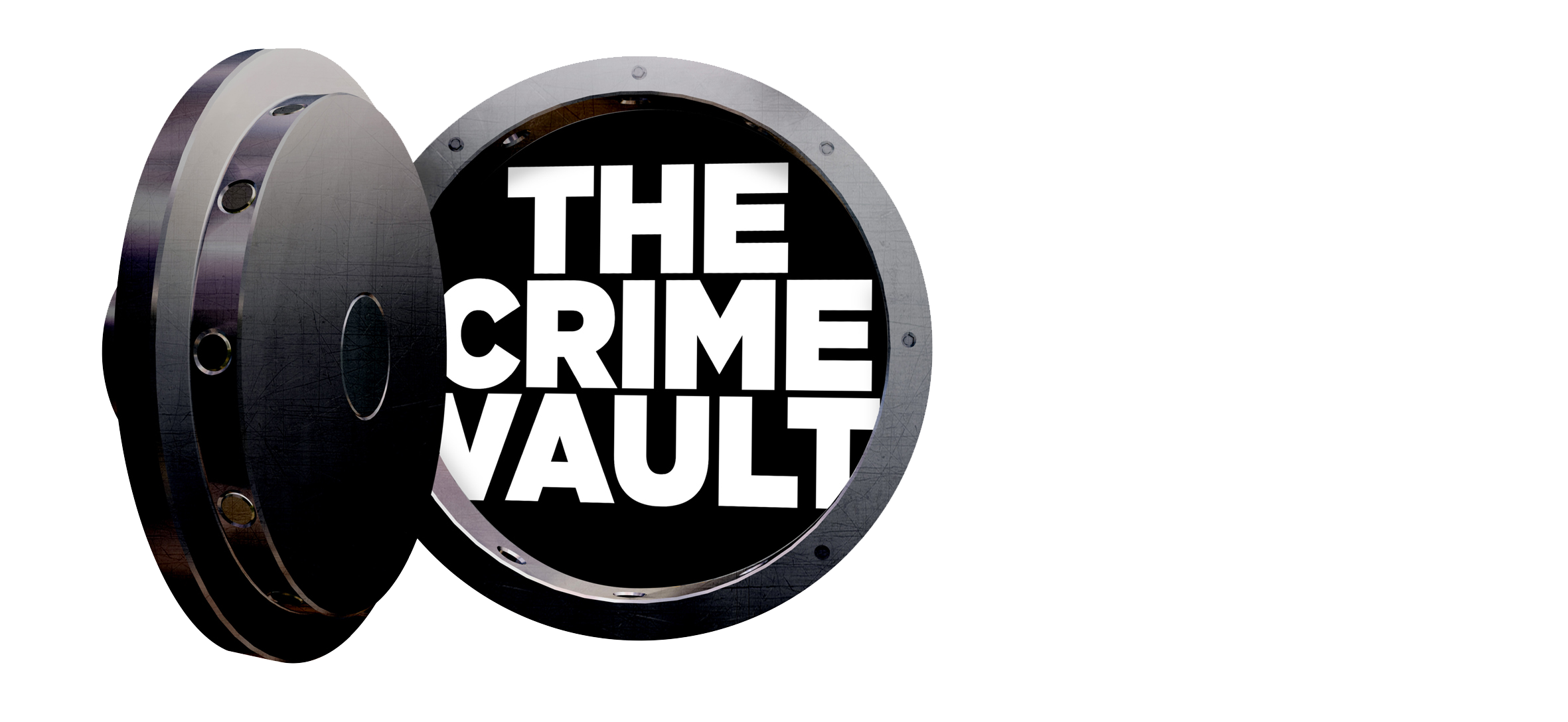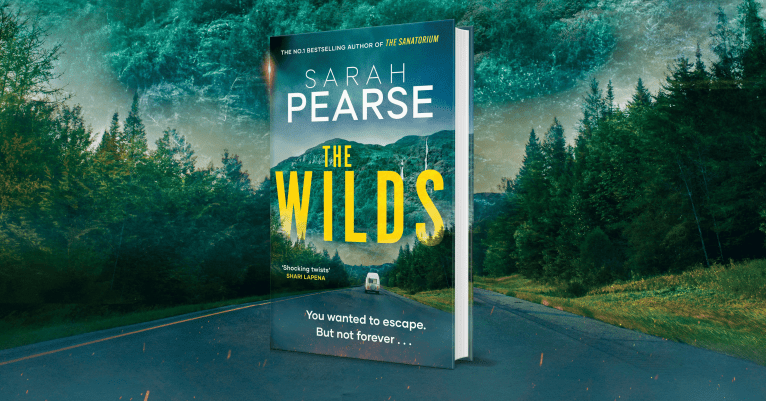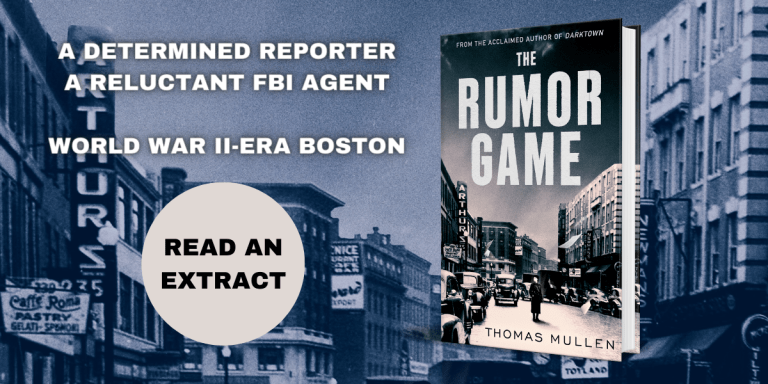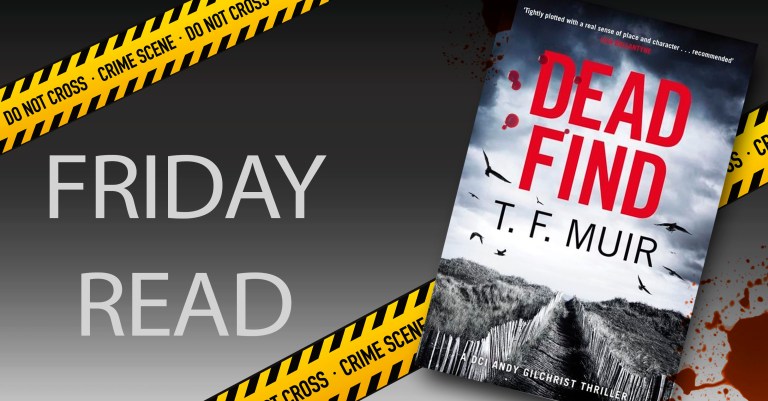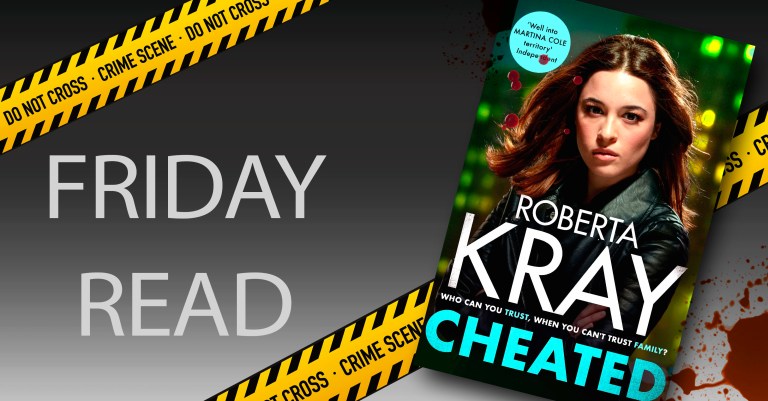Kate Ellis discusses her new Wesley Peterson mystery, Dead Man’s Lane
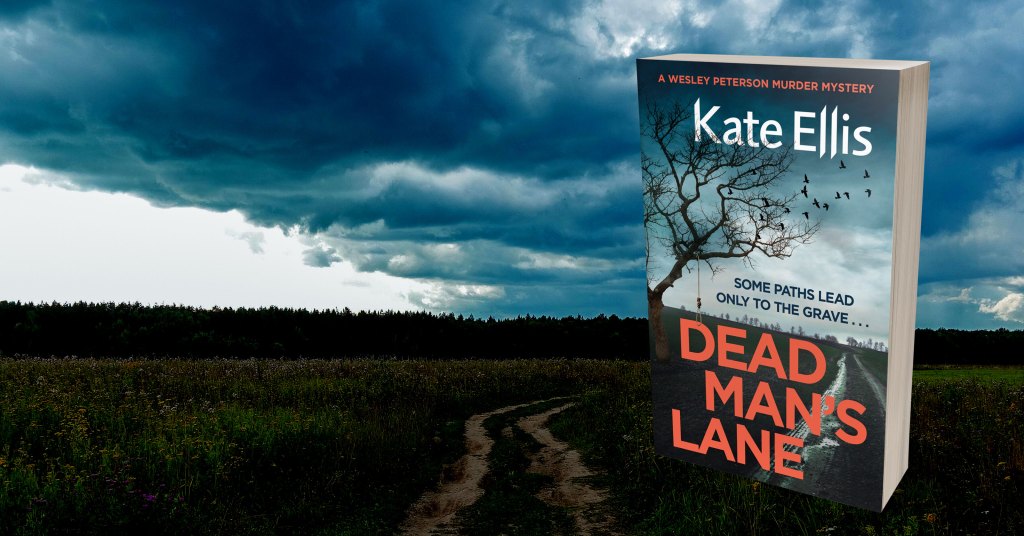
The paperback publication of one of my Wesley Peterson novels is always a cause for celebration. After all the hard work of planning, writing, re-writing and editing, it’s fantastic to see the finished book in the shops at last and to hear how much readers have enjoyed it.
Wesley’s latest case (his twenty third) is entitled Dead Man’s Lane. There’s always something that triggers the initial idea for a book and in the case of Dead Man’s Lane it was a chance meeting on Bayards Cove in Dartmouth, Devon. I was with my husband and we started chatting to a gentleman who showed us a photograph he’d taken on his phone – the shadow of a hanging man on the side of a cottage taken at a place called Dead Man’s Cross, a crossroads on a hill outside the town which was once the site of public executions. Although the image is an illusion created by road signs at the crossroads, it has caused quite a sensation on social media and in the press and is now available for all to see on the Internet. I resisted the temptation to tell the gentleman that I was a crime writer and that he’d just provided the first germ of an idea for my next book.
Soon after this, I came across a newspaper report about two skulls being discovered in the town of Totnes, both in carrier bags – one behind an empty shop and one on the banks of the River Dart. The skulls appeared to be over a hundred years old but their origin was a mystery – and I can never resist weaving a story around a mystery.
I’m a member of my local archaeology society and recently I attended a fascinating talk about ‘revenants’ (literally ‘the returned’) and the ancient belief that the dead could come back to torment the living. The reanimated corpse appears to be a constant feature of folklore throughout many cultures, from Transylvanian vampires to Haitian zombies. Fascination with the ‘undead’ has inspired a host of films and books (perhaps the most famous being Bram Stoker’s tale of Dracula) and since the first showing of Night of the Living Dead almost fifty years ago, the idea of a ‘zombie apocalypse’ has been popular amongst those who enjoy their entertainment with a frisson of terror.
In Dead Man’s Lane, Stangefields Farm has been notorious for its sinister history ever since artist Jackson Temples lured young women there to model for disturbing works of art. Some of those girls were never seen alive again.
Now, decades later, Strangefields is being transformed into a holiday village but the developer’s hopes that its dark reputation will be forgotten are soon dashed when a skull is found on the site. Then when a local florist is found murdered in an echo of Temples’ crimes, Wesley fears that a copy-cat killer is at large. Especially when another brutal murder in a nearby village appears to be linked.
As Wesley’s friend, archaeologist Dr Neil Watson, uncovers the secrets of Strangefields’ grisly past, it seems that an ancient tale of the dead returning to torment the living might not be as fantastical as it seems.
Throughout history the ‘walking dead’ have been a source of fear, especially in the medieval period, and this is backed up by archaeological evidence. A number of what are known as ‘deviant’ burials have been discovered during excavations. Sometimes a corpse was buried face down and sometimes, as well as decapitation and the burning of the heart, a boulder was placed on the body to prevent it rising from the grave.
Neil’s grim discoveries in Dead Man’s Lane date back to the seventeenth century, around the time of the great fire of London, and research shows that belief in the restless dead tended to linger, especially in isolated communities. In certain parts of the world these beliefs have continued well into modern times.
Even up to the twentieth century ‘protection’ marks (such as religious symbols) have been put on the thresholds of buildings and objects such as shoes hidden in vulnerable parts of a house to keep evil at bay. Fear of evil and ill fortune was constant and people would do everything in their power to keep it at bay. Just think, next time you touch wood or cross your fingers, you’re joining in with this long tradition.
And even in our supposed ‘age of reason’ there is no sign of the public’s latent fear of the returning dead – or their enthusiasm for zombies and vampires – waning any time soon.
I hope you enjoy Dead Man’s Lane, one of Wesley Peterson’s most challenging cases to date – and one that puts somebody from his past in grave danger.
Dead Man’s Lane is out now in paperback and ebook.
Some paths lead only to the grave . . .
Strangefields Farm is notorious for its sinister history ever since artist Jackson Temples lured young women there to model for disturbing works of art. Some of those girls never left the house alive.
Now, decades later, Strangefields is to be transformed into a holiday village, but the developer's hopes of its dark history being forgotten are dashed when a skull is found on the site. And when a local florist is found murdered in an echo of Temples' crimes, DI Wesley Peterson fears that a copy-cat killer is at large. Especially when another brutal murder in a nearby village appears to be linked.
As Wesley's friend, archaeologist Dr Neil Watson, uncovers the secrets of Strangefields' grisly past, it seems that an ancient tale of the dead returning to torment the living might not be as fantastical as it seems. And Wesley must work fast to discover who's behind the recent murders . . . before someone close to him is put in danger.
The latest gripping mystery in the DI Wesley Peterson crime series from Kate Ellis, the award-winning author of the 2019 CWA Dagger in the Library.
What readers are saying about Kate Ellis:
'A beguiling author who interweaves past and present' The Times
'Kate Ellis has got to be one of my favourite authors' Reader review, 5 stars
'I loved this novel . . . a powerful story of loss, malice and deception' Ann Cleeves
'The chilling plot will keep you spooked and thrilled to the end' Closer
'Another brilliant book that keeps you gripped' Reader review, 5 stars
'Haunting' Independent
'Kate has you spellbound' Reader review, 5 stars
'A fine storyteller, weaving the past and present in a way that makes you want to read on' Peterborough Evening Telegraph
'Unputdownable' Bookseller
